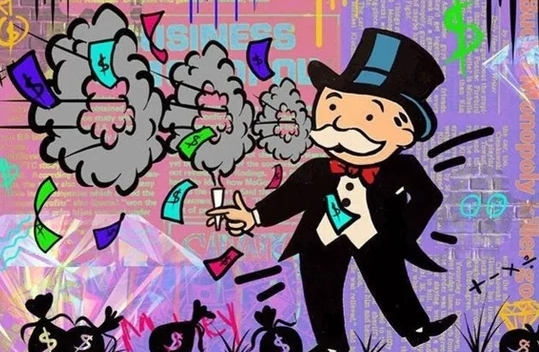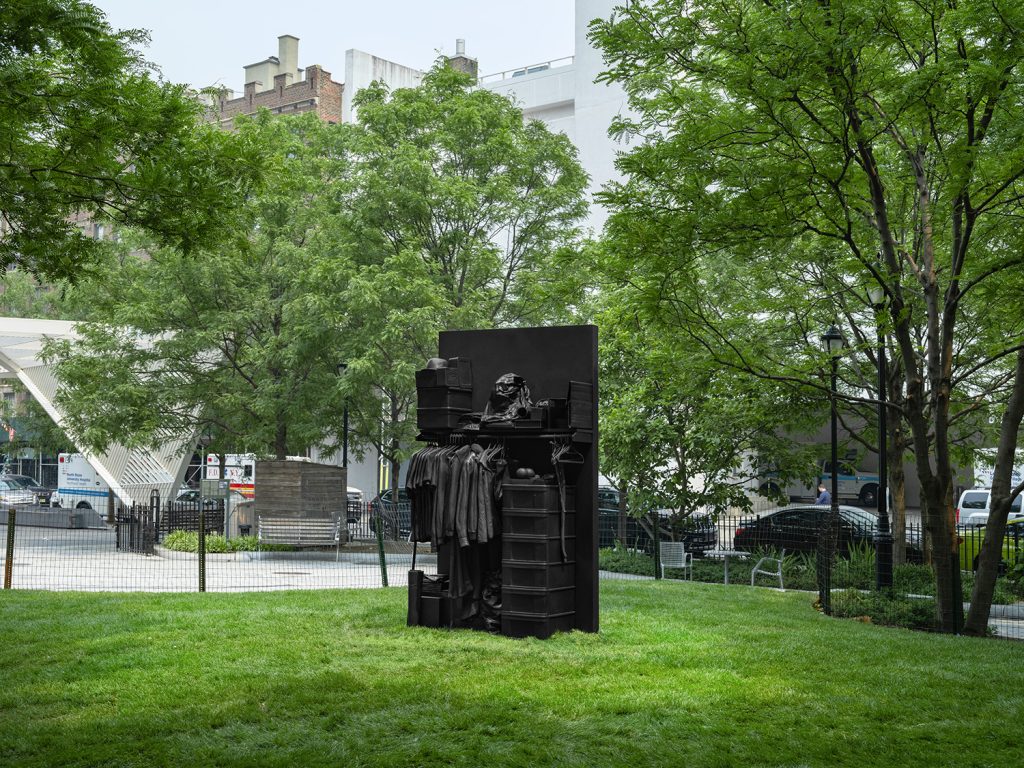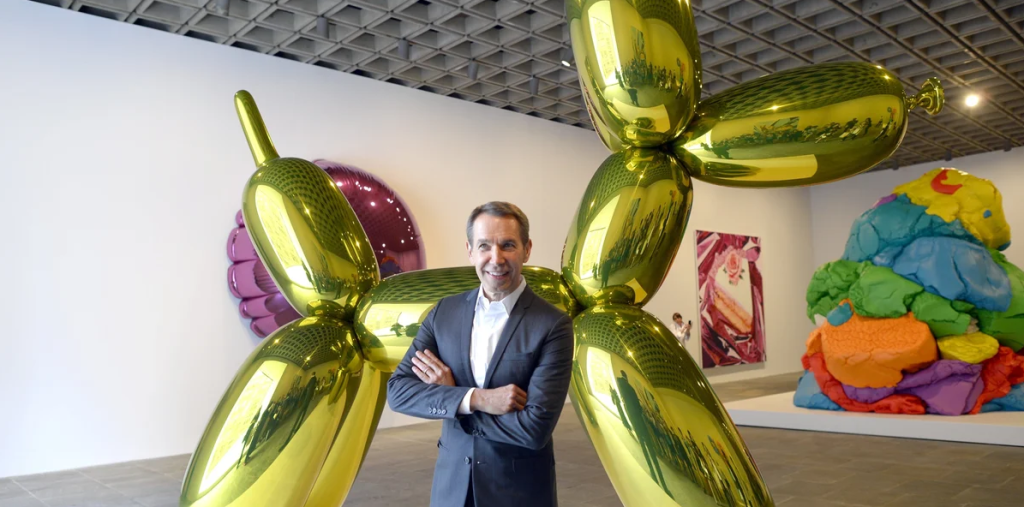Street art has surged in popularity. Yet, it raises important questions. Who controls this vibrant scene? Let’s explore the dynamics of street art and the power behind the brush.
The Rise of Street Art
Street art is everywhere. Cities across the globe showcase murals and graffiti. Artists use public spaces as their canvas. This art form celebrates creativity and challenges societal norms.
Public Spaces, Private Ownership
Rooftops, walls, and sidewalks are now art galleries. But who owns these spaces? Some argue that street art belongs to the public. Others believe corporations or individuals should control it. These tensions lead to conflicts over ownership and permission.
Artists and Their Voices
Street artists often use their work to voice opinions. They comment on social issues, politics, and culture. Artists like Banksy have gained global attention. They raise questions: Should artists profit from public art? Or should it remain purely for expression?
Commercialization and Co-optation
As street art gains fame, it attracts commercial interests. Brands use street art to market products. This raises concerns. Is the essence of street art lost when it’s commodified? Many artists fight for authenticity amid commercialization. The commercial success of Alec Monopoly Sculpture is a typical example. It is both an artistic expression and a vehicle for brand collaboration, sparking discussions on the “boundaries of art”.
Legal Battles and Mural Wars
Legal issues abound in the street art world. Artists battle for their rights. Cities impose regulations that can stifle creativity. Murals can be painted over or removed without notice. This creates an ongoing struggle for artistic freedom.
Community and Collaboration
Despite challenges, street art fosters community. Artists often collaborate with locals. They transform neighborhoods, creating a sense of belonging. Murals can uplift, engage, and ignite dialogues.
The Future of Street Art
The future looks bright yet complex. Technology affects street art’s evolution. Digital platforms allow artists to reach wider audiences. Augmented reality and interactive installations may reshape the experience.
Conclusion: Who Holds the Brush?
Ultimately, the question remains: Who holds the brush in street art? It’s a mix of artists, communities, corporations, and regulators. The dialogue continues as street art evolves. Its power lies in challenging norms and sparking conversation. Embrace the colors, and join the discussion.


